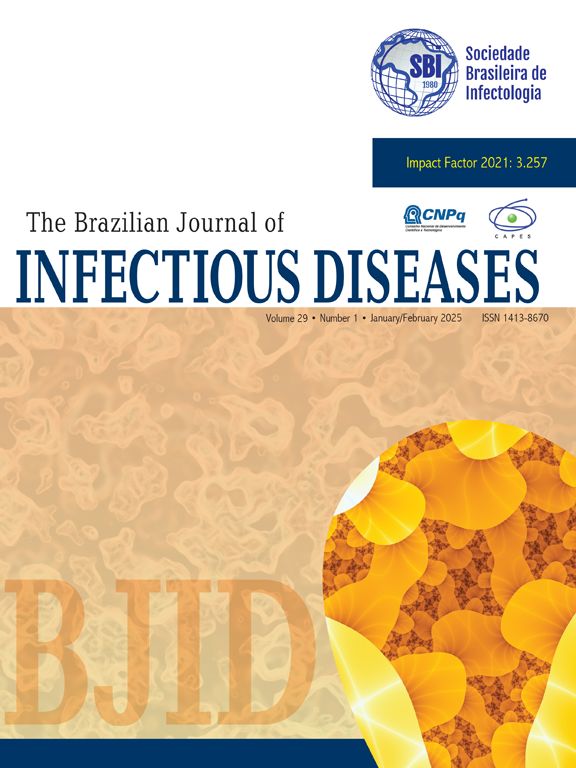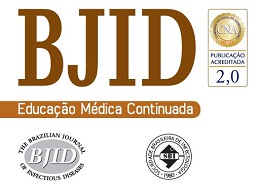In vitro activity of doripenem and comparator antimicrobial agents was evaluated against Gram-negative bacilli recently isolated from Brazilian private hospitals that were enrolled in the INVITA-A-DORI Brazilian Study. A total of 805 unique Gram-negative bacilli were collected from patients hospitalized at 18 medical centers between May/08 and March/09. Each hospital was asked to submit 50 single Gram-negative bacilli isolated from blood, lower respiratory tract or intraabdominal secretions. Bacterial identification was confirmed and antimicrobial susceptibility testing was performed using Clinical Laboratory Standards Institute (CLSI) microdilution method at a central laboratory. CLSI M100-S21 (2011) or US-FDA package insert criteria (tigecycline) was used for interpretation of the antimicrobial susceptibility results. Doripenem was as active as meropenem and more active than imipenem against E. coli and K. pneumoniae isolates. A total of 50.0% of Enterobacter spp. isolates were resistant to ceftazidime but 85.7% of them were inhibited at doripenem MICs≤1μg/mL. Polymyxin B was the only agent to show potent activity against Acinetobacter spp. (MIC50/90,≤0.5/1μg/mL) and P. aeruginosa (MIC50/90, 1/2μg/mL). Although high rates of imipenem (53.1%) and meropenem (44.5%) resistance were detected among P. aeruginosa, doripenem showed MIC50 of 16μg/mL against imipenem-resistant P. aeruginosa and inhibited a greater number of imipenem-resistant P. aeruginosa (10.5%) at MIC values of≤4μg/mL than did meropenem (0.0%). In this study, doripenem showed similar in vitro activity to that of meropenem and retained some activity against imipenem-resistant P. aeruginosa isolated from Brazilian medical centers.
The Impact Factor measures the average number of citations received in a particular year by papers published in the journal during the two preceding years.
© Clarivate Analytics, Journal Citation Reports 2025
SRJ is a prestige metric based on the idea that not all citations are the same. SJR uses a similar algorithm as the Google page rank; it provides a quantitative and qualitative measure of the journal's impact.
See moreSNIP measures contextual citation impact by wighting citations based on the total number of citations in a subject field.
See more



